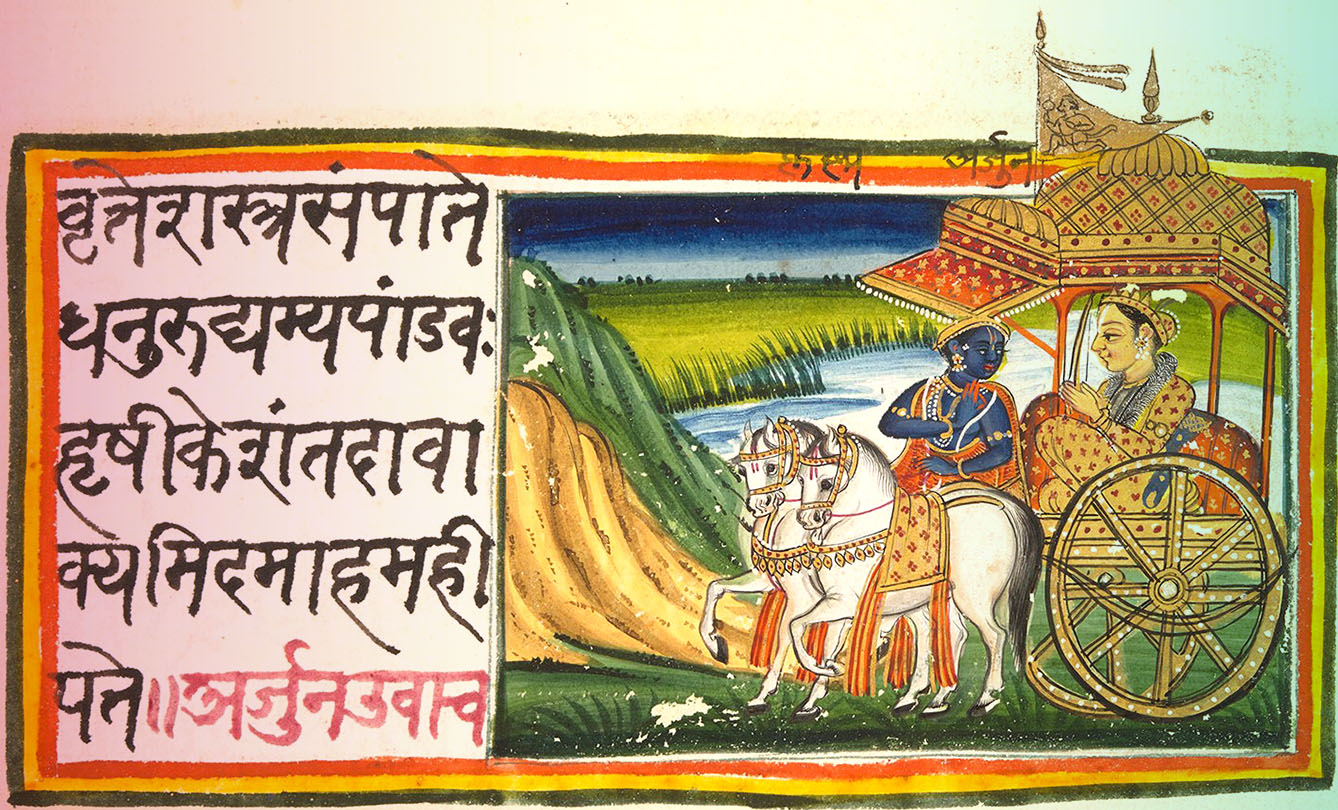The Central European ‘Tower of Babel,’ so to speak, can put one into a real head spin. Although it is Hungarians that were at one point compared to Martians due to their unintelligible language of Barbaric origins, there are other languages that lack dialectal continuity with their neighbors.
One such language is Lithuanian, which is unlike the Slavic languages used in the nearby countries of Poland, Belarus, and Russia. Even Latvians, the Lithuanians’ Baltic neighbors, can’t understand the language as it differs in even the most basic words.
Lithuanian Sanskrit words
So why do these obvious comparisons not work in the case of the Lithuanian language? It’s because it has its more obscure relatives, one of them being the archaic Indo-European language of Sanskrit – a classical language in Central Asia, the sacred language of Hinduism, and the language of the region’s epic literature.
Take the word for horse: in Lithuanian, it is ašva, in Sanskrit – ashva. God: dievas and devas, respectively. Fire: ugnis and agnis. Dream: labhas and labh (not far from laugh, though). Why is that? Well, the reasons are rooted in both ancient history and more recent times.
The reason is not only shared ancestry. Yes, both are Indo-European, though on different branches. Sanskrit sits firmly on the Indo-Aryan side, and Lithuanian is a Balto-Slavic language. But then again, most languages around have Indo-European origins, including the Slavic, Germanic, and Romance languages of the rest of Europe.
However, though almost half the people in the world speak some form of an Indo-European language, few share much vocabulary with Sanskrit. Besides, this far-away common ancestor is not an explanation for why so little in this aspect of Lithuanian changed over time.
Lithuanian language’s European influence
So, as Lithuanian is an archaic language, a fair share of the reasons for its conservative nature goes back to the early modern history of the country. It was the last country in Europe to become Christianized and did so only after the union between Poland and Lithuania as the Polish Queen Jadwiga married Lithuanian Grand Duke Jogaila in 1386. This made him the king of Poland while remaining the grand duke of Lithuania, bringing the territories ever closer.
During those times, Poland was quite an influential country, having been deeply rooted for at least three centuries in Western culture. For Lithuanians, though, the cultural aspect of this union, which subsequently tightened over decades and sealed in the mid-16th century, was quite a change. While Lithuania formally remained a separate country, its nobility turned to Polish culture to affirm their dominant status in their country.
Lithuanian remained the popular language, one mostly for peasants. It was rarely written, only sometimes in literature, and even less for administrative purposes. Divided into dialects, it remained disconnected from international influence, as nobility went on learning its Polish counterpart, mainly influenced by Latin, French, German, and later Russian and English.
And later, as the modern nations were unified (or, as another way to put it, reinvented), Lithuanian was codified precisely in opposition to both Polish and German, two languages that threatened too much influence on the country’s modern language. In this effort, language experts turned to the original, popular language of Lithuanian peasants, compiling its words and grammar structures into modern language.
Therefore, Lithuania became one – modern but deeply rooted in the ancient and distant sacred language of Sanskrit.
Also see our article on: The Truly Eastern Roots of the Central European Language







